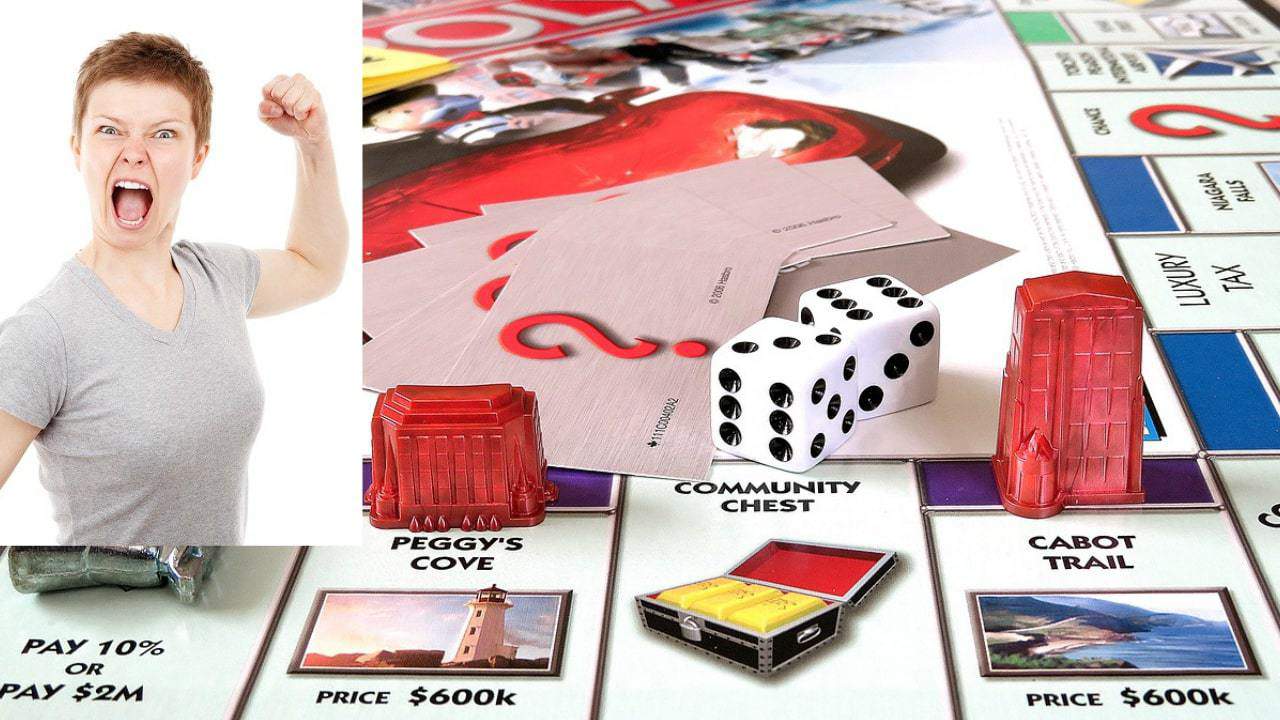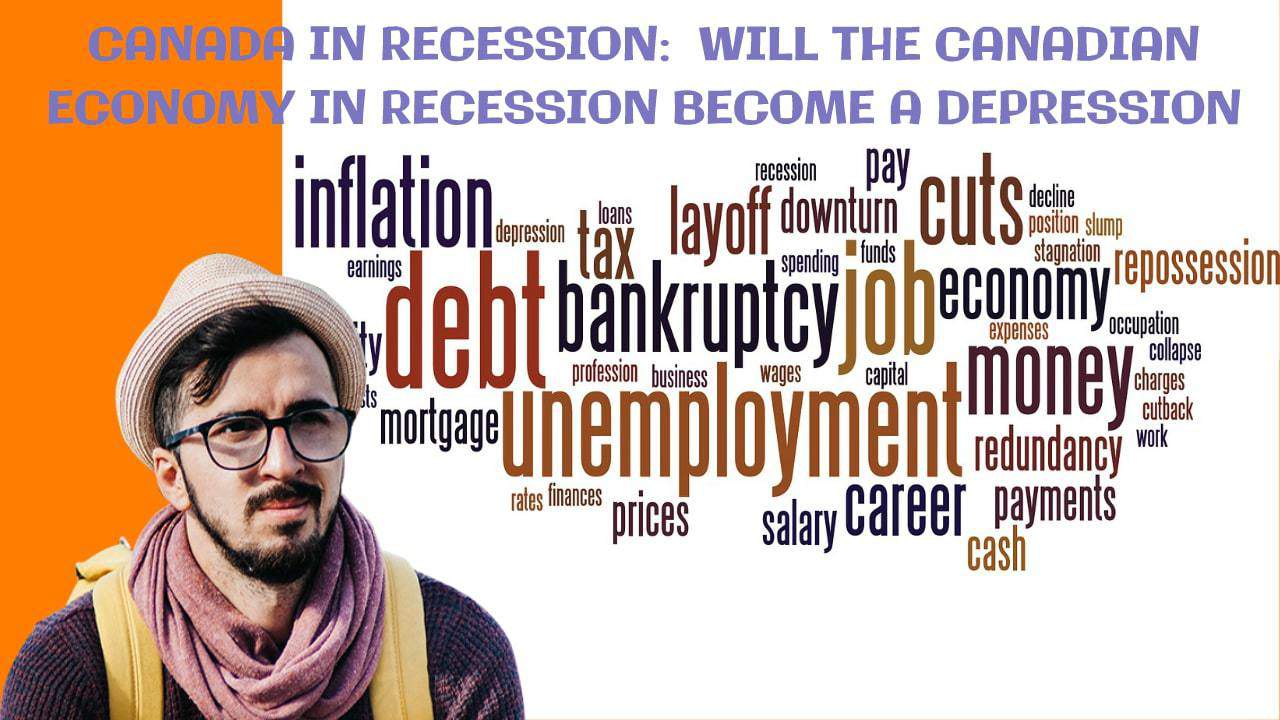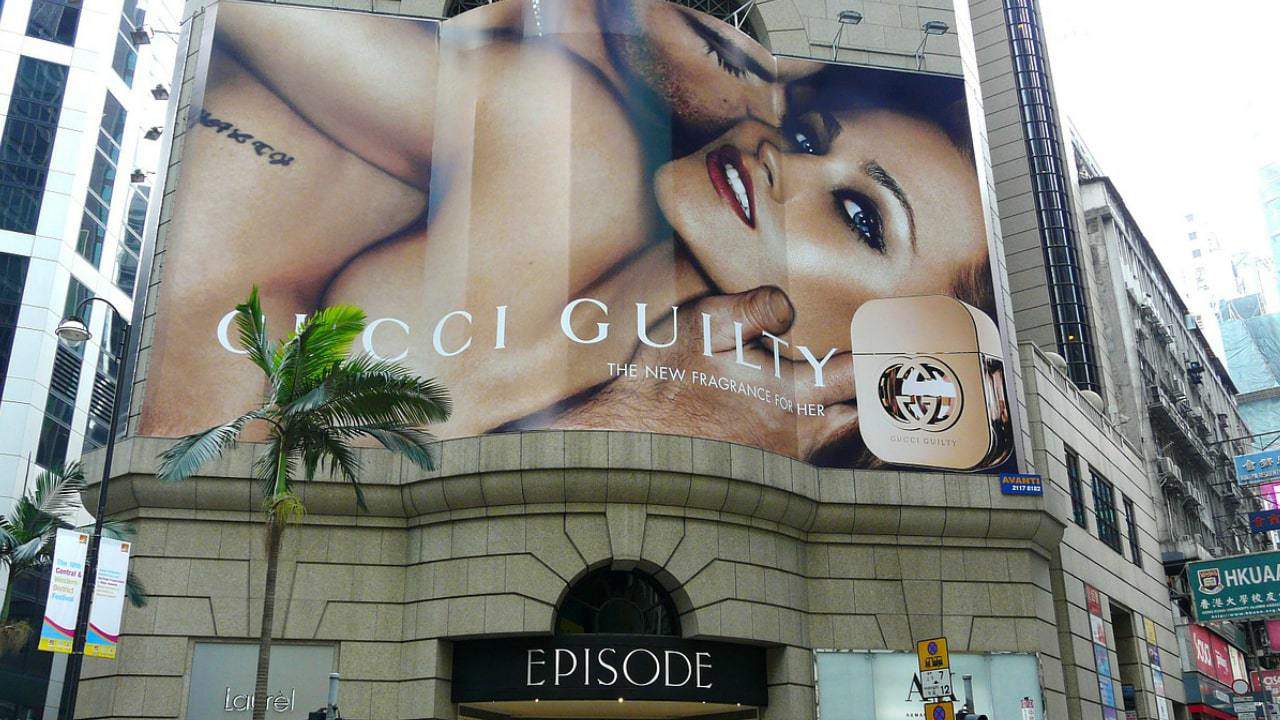
The Ira Smith Trustee Team is absolutely operational and Ira, in addition to Brandon Smith, is readily available for a telephone consultation or video meeting.
If you would prefer to listen to the audio version of this Brandon’s Blog, please scroll to the bottom of the page and click on the podcast.
CEWS extension introduction
On Friday, July 17, 2020, the federal government made an announcement regarding the Canada Emergency Wage Subsidy (CEWS). The CEWS extension deals with both extending the date the program continues to and also amends some of its provisions.
This Brandon’s Blog discusses the proposed changes announced by Finance Minister Bill Morneau. I caution that this is merely an announcement about the Liberal government’s intention to make a legislation change. Right now there is no new legislation on the books so the final CEWS extension may look different than what was announced.
CEWS status prior to the July 17 announcement
The CEWS was put in place for an initial 12-week duration from March 15 to June 6, 2020, giving a 75-per-cent wage aid to eligible companies. In my May 20, 2020 blog, CANADA EMERGENCY WAGE SUBSIDY: HELPING YOUR COVID-19 BUSINESS RECOVERY, I wrote about Prime Minister Justin Trudeau introducing on May 15, 2020, amendments to the program to aid businesses to prepare for reopening. These companies needed to be able to rehire workers laid off when the state of an emergency closure was proclaimed.
Justin Trudeau’s May announcement was of a CEWS extension for 3 extra months to August 29. The CEWS covers 75% of a staff member’s wage or salary – as much as $847 per week – for qualified employers. For those able to in addition gain from the Temporary 10% Wage Subsidy for a period, any kind of credit taken under that program will decrease the total to be declared under the CEWS for that precise same period.
Another CEWS extension was inevitable
CEWS is just one of many support programs under the federal government’s COVID-19 Economic Response Plan. In my July 8, 2020 blog, CANADIAN BUSINESS: WHAT WILL BE THE ULTIMATE BUSINESS IN ONTARIO RECOVERY PROGRAM?, I talked about not only the inevitability of a CEWS extension but of extensions for the other government support programs. It is not that I am some insightful visionary, it is just as simple as the coronavirus is not going away. Similarly, the financial pain being experienced by entrepreneurs and their companies and by ordinary people is also not going away.
Everyone will certainly need to stand on their own 2 feet just like they needed to prior to the COVID-19 pandemic. Until the CEWS extension news last Friday, the Canadian company assistance programs were all set up to end August 31. I asked the question “What will take place then?”.
My personal idea was that the government will certainly not be able to finish the financial assistance programs that soon. Instead, I wrote they will certainly have to prolong all the programs once more. They may modify them to start the process of weaning Canadians off of COVID-19 Economic Response Plan assistance. However, they would certainly need to be extended.
I wrote that the government would not intend to extend for more than 90 days, however, Xmas would come shortly after the expiry of a 90-day extension, pandemic or no pandemic. The only part that I got wrong was that the government would not want to shut down the faucet prior to Christmas. So, I wrote that it suggested an extension until January 1, 2021. I also don’t see one thing in the CEWS extension that I predicted. That the government will accompany the new extension with an alert to every Canadian to get their affairs in order since there will certainly be no more assistance programs after December 31.
As I will explain below, I did not see such a warning in last Friday’s announcement.
The CEWS extension
The CEWS safeguards jobs by helping organizations maintain workers on the payroll and also motivating companies to re-hire employees formerly laid off. The Canadian government says that since the CEWS was launched, 3 million Canadian workers have actually had their work sustained, and that number continues to expand.
Finance Minister Bill Morneau revealed last Friday that the CEWS extension would include program changes that would widen the reach of the program. It would also offer much better-targeted assistance to ensure that more workers can return to their jobs promptly as the economy reboots.
The proposed modifications included in the Federal government’s draft proposed legislation for the CEWS extension would:
- The CEWS extension will prolong the program until November 21, 2020, with the intent to supply additional support until December 19, 2020.
- Make the subsidy obtainable to a more comprehensive range of companies by consisting of employers with a revenue decrease of less than 30 percent and also offering a slowly lowering base aid to all eligible employers. This would help numerous employers with less than a 30% revenue loss obtain assistance to keep employees.
- Introduce a top-up subsidy of approximately an extra 25 percent for employers that have actually been most adversely affected by the pandemic. This would be especially practical to companies in industries that are recovering much more slowly.
- Offer certainty to companies that have actually already made company decisions for July and August by ensuring they would not have their subsidy lower than they would have had under the previous policies.
- Address specific concerns recognized by stakeholders.
These recommended adjustments come from consultations with labour and business representatives on making certain that the CEWS extension remains to save jobs and help with economic growth.
By helping employees shift back to their jobs and sustaining companies as they boost revenue, these adjustments go to give support to companies to have some certainty that they need to bring back workers.
There are other government subsidy programs too
The federal government continues to evaluate as well as react to the impact of COVID-19 and stands ready to take extra actions as required to maintain the economy. So, perhaps we will see announcements soon, just like the CEWS extension announcement, to extend:
- More time to pay income taxes
- Canada Emergency Business Account interest-free loans
- Loan Guarantee for Small and Medium-Sized Enterprises
- Canada Emergency Response Benefit (CERB) for the self-employed business people and Canadian workers.
- Canada Emergency Commercial Rent Assistance (CECRA)
Only time will tell. I will certainly keep you updated as more announcements are made.
“We are ensuring that Canadians are able to get back to work as quickly as possible. The adjustments we are proposing would ensure that the CEWS continues to address Canadians’ needs while also positioning them for growth as economies continue to gradually and safely reopen.” – Bill Morneau, Minister of Finance
CEWS extension summary
I hope you have found this CEWS extension Brandon’s Blog interesting and helpful. The Ira Smith Team family hopes that you and your family members are remaining secure, healthy and well-balanced. Our hearts go out to every person that has been affected either via misfortune or inconvenience.
We all must help each other to stop the spread of the coronavirus. Social distancing and self-quarantining are sacrifices that are not optional. Families are literally separated from each other. We look forward to the time when life can return to something near to typical and we can all be together once again.
Ira Smith Trustee & Receiver Inc. has constantly used clean, safe and secure ways in our professional firm and we continue to do so.
Income, revenue and cash flow shortages are critical issues facing entrepreneurs, their companies and individual Canadians. This is especially true these days.
If anyone needs our assistance for debt relief Canada COVID-19, or you just need some answers for questions that are bothering you, feel confident that Ira or Brandon can still assist you. Telephone consultations and/or virtual conferences are readily available for anyone feeling the need to discuss their personal or company situation.
The Ira Smith Trustee Team is absolutely operational and Ira, in addition to Brandon Smith, is readily available for a telephone consultation or video meeting.












